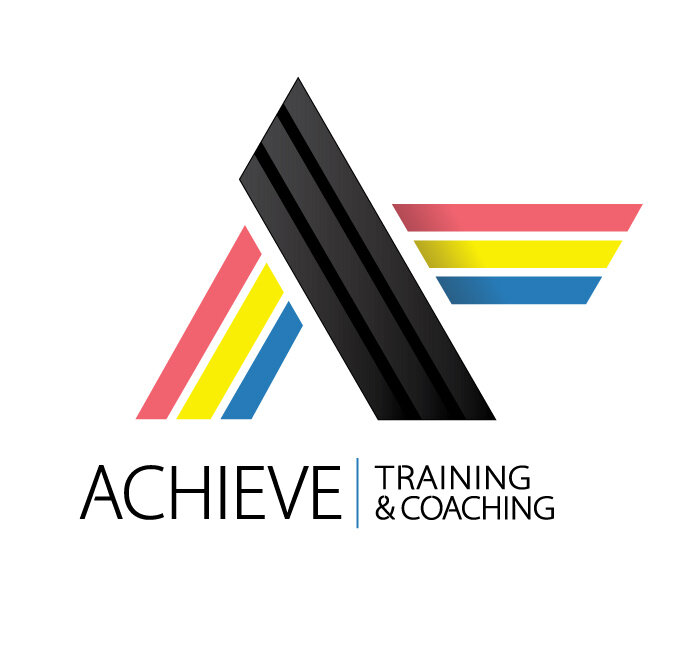Transitioning from Recreational Riding to Racing: A Beginner's Guide
Are you the fastest guy on the group ride? Do you see each hill as a competitive challenge? Do you have an uncontrollable urge to unleash your competitive spirit while celebrating your passion for bicycles? You might be ready to transition from casual riding to competitive racing. This guide will help you navigate the key steps to prepare for your first race and set yourself up for success.
1. Master Group Riding Etiquette
Before you hit the race course, it's crucial to become comfortable riding in close proximity to other cyclists. Join group rides to practice maintaining a steady line, communicating hazards and intentions, taking turns in the group, fueling and hydrating, and drafting. Safety comes first, and good etiquette will make you a welcome addition to any peloton.
2. Hone Your Cornering Skills
Racing often involves navigating tight turns at high speeds. To improve your cornering, practice on familiar routes, gradually increasing your speed. Look through the turn, not at obstacles, and remember to brake before the turn, not during. Lean your bike, not your body, and lower your center of mass by lowering your upper body and your outside foot down (pushing weight through it) and your inside foot up. Find a safe, traffic-free area to practice these skills until they become second nature.
3. Climb More Efficiently
Races are often won or lost on the climbs. Improve your climbing by practicing proper seated and standing techniques, working on your power-to-weight ratio through targeted training, and learning to pace yourself on longer ascents. Focus on keeping your upper body relaxed and maintaining consistent breathing patterns. Select a cadence that works for you, although one that is a higher rpm will tend to be more efficient. If you have a power meter, try using it to improve your pacing. Efficient climbing is as much about technique as it is about power.
4. Invest in Equipment
While you don't need the most expensive gear to start racing, some smart investments can make a big difference. Consider a lightweight, responsive road bike suited for racing, along with aerodynamic upgrades like deep-section wheels and handlebars. Carbon wheels will most often be more efficient than aluminum. Comfortable, well-fitting cycling shoes with custom footbeds are also something to consider. Prioritize items that offer the best performance gains for your budget.
5. Train with Precision
Using data to guide your training can lead to significant improvements. Invest in a power meter or heart rate monitor and learn about training zones and how to use them effectively. Structure your rides to include intervals, tempo work, aerobic pacing, and recovery. Remember, training smarter often yields better results than simply training harder.
6. Join a Cycling Club or Team
The cycling community is a wealth of knowledge and support. In the Bay Area, consider joining a racing club like the Dolce Vita, Penn Velo Cycling Club, San Jose Bicycle Club, or Berkeley Bicycle Club. These groups often offer group training rides, mentorship from experienced racers, and information on local races and events.
7. Understand Race Formats and Tactics
Before pinning on a number, familiarize yourself with different race types, such as criteriums, road races, and time trials. Learn about basic racing tactics like breakaways, sprinting, and team strategies. Study USA Cycling rules and regulations to ensure you're well-prepared. There are many books that provide great tips and insights on getting into racing. Many local clubs offer skills clinics or practice races to help you learn in a low-pressure environment.
9. Consider Getting a Cycling Coach
Consider working with a cycling coach as you become more serious about racing. A good coach can provide personalized training plans, technique refinement, and mental preparation strategies. They can help you identify your strengths and weaknesses, set realistic goals, and create a structured program to achieve them. Look for coaches with experience in your preferred racing discipline and check their credentials. Many offer in-person and remote coaching options to fit your schedule and budget.
Click here to learn more about how an Achieve coach can help.


